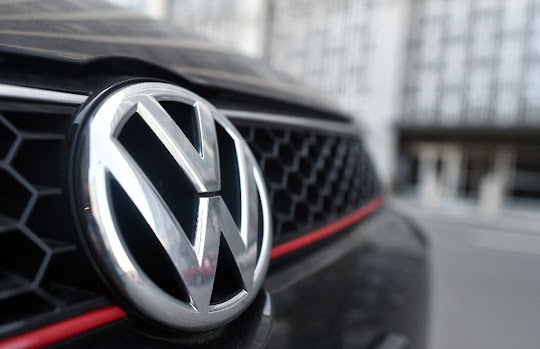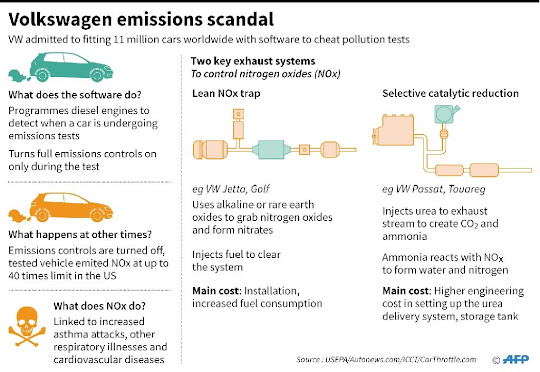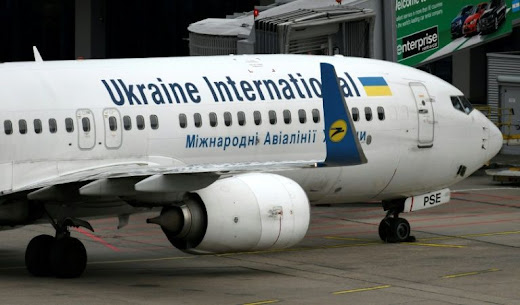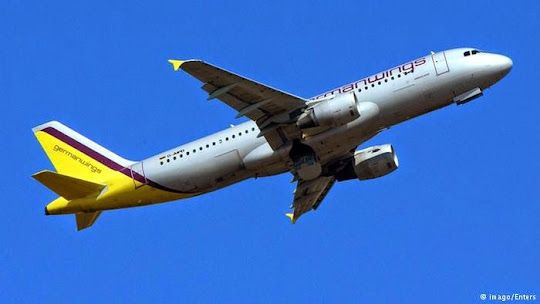Yahoo – AFP,
26 Oct 2014
 |
A Saudi woman
gets into a taxi in the city of Riyadh on October 26, 2014, as a online
campaign continues to call for an end to the driving ban for women in the
country (AFP
Photo/Fayez Nureldine)
|
Riyadh
(AFP) - Activists pushing for women's right-to-drive in Saudi Arabia declared
their online campaign a success Sunday, in the world's only country where women
are not allowed to operate cars.
The
campaign that began last year and revved up again since the beginning of the
month encouraged women to post online images of themselves driving.
Dozens of
women have driven and posted during the latest campaign, one activist said,
although she knew of only two who hit the streets Saturday and Sunday as the
campaign peaked.
 |
Saudi
activist Manal Al Sharif drives her
car in Dubai on October 22, 2013, as she
campaigns for women's rights to drive in
the country (AFP Photo/Marwan Naamani)
|
"A day
hasn't gone by without receiving one or two videos" of women driving, said
the activist.
Men and
women have also posted messages of support.
More than
2,800 people have signed an online petition at www.oct26driving.com asking
authorities to lift the ban on women driving.
The
activist said she did not want to be named because the interior ministry has
threatened her with arrest if she speaks publicly about the campaign.
Last year,
activists also focused their demands on October 26, when at least four driving
videos were posted on YouTube.
Sixteen or
more women were fined for taking the wheel on that day.
There is a
"huge risk" for female drivers, the activist said when asked why more
had not posted images of themselves this year.
Women have
previously been arrested, cars have been confiscated, and one received 100
lashes, she alleged.
"So,
women are afraid," the activist said.
She added
that, apart from driving, the campaign is also about "creating a
storm" over the issue.
On Thursday
the interior ministry issued a warning to would-be female drivers and their
supporters.
The
ministry said it would "strictly implement" measures against anyone
who "contributes in any manner or by any acts, towards providing violators
with the opportunity to undermine the social cohesion".
That means
the campaign has had an impact, the activist said.
"I
think it's pretty successful. If we're getting a reaction, that means we're
effective."
'Half a
citizen'
Sahar
Nasief defied the warnings and got behind the wheel anyway on Sunday.
"The
roads were full of police cars... everybody was on alert," she told AFP
from the Red Sea city of Jeddah after running a 15-minute errand in her car
because her driver wasn't available.
The
authorities' response shows the driving campaign has been "very
successful," she agreed.
"Its
sad that you live in a country where you feel like half a citizen, that you are
a threat to national security," another driver said in a YouTube video
posted on Saturday.
Dressed in
black with only her eyes exposed, she said she was driving in Riyadh on the
weekend.
Saudi women
are required to dress in black from head to toe and still need permission from
a male guardian to work and marry.
Activists
say women's driving is not against the law.
Tradition
and custom are behind the prohibition, which is not backed up by an Islamic
text or judicial ruling, the online petition states.
But
activists said they feel the conservative society is becoming more accepting of
women motorists.
"A lot
of people now are for the campaign," Nasief said.
Another
activist, Aziza al-Yussef, said people notice that she is a woman driver and
don't seem to care.
"We
are just waiting for a decree from the king to allow it," she said,
optimistic that a change is coming.
Hardline
clerics protested when King Abdullah, in January last year, decided to give
women a 20 percent quota in the previously all-male Shura Council, an advisory
body.
The unnamed
activist said "it's hard to say" if women are closer to the right to
drive.
In the
meantime activists say they will keep raising their voices, and getting behind
the wheel.





























